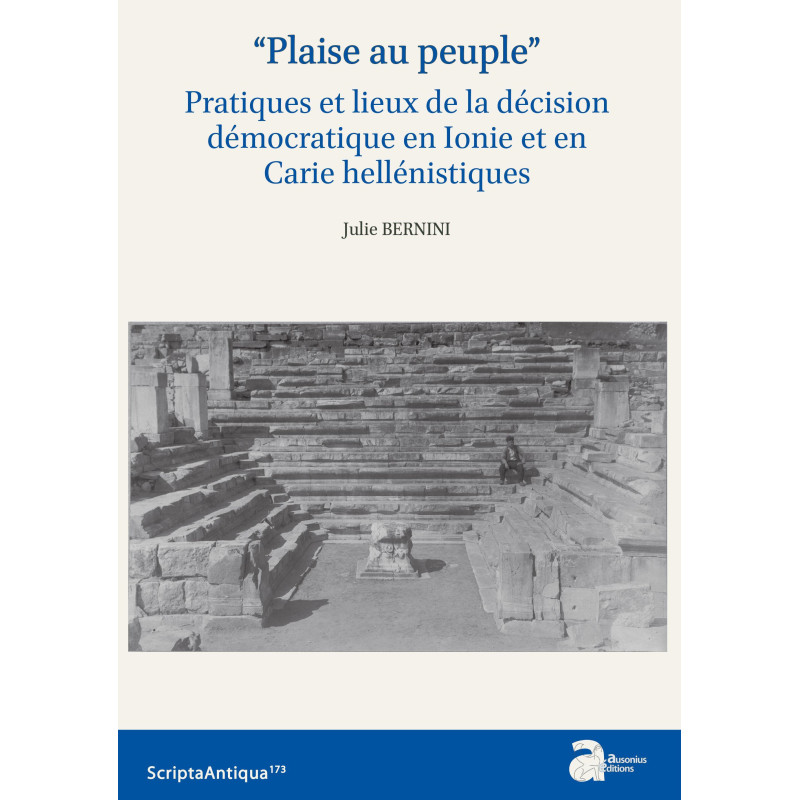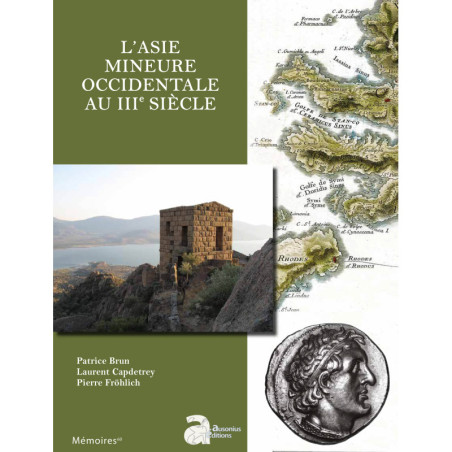Scripta Antiqua 173
“Plaise au peuple”. Pratique et lieux de la décision démocratique en Ionie et en Carie hellénistiques
During the Hellenistic period, most Greek cities adopted common democratic principles and ideals: a single status of citizenship marked by equality among all, the possibility for everyone to accede to the decision-making process, the courts of justice and civic office, the protection of popular sovereignty and civic harmony, as well as the devotion of the individual to the community. These principles led cities to choose a system of collective government that everywhere took the form of direct deliberative democracy.
While the existence of such regimes is hardly debated any more, the actual extent of these democracies is another matter. This book proposes a spatial approach to this historical problem and, in the process, raises the question of how the development of a democratic regime affected the urban morphology of a city-state. Studying this subject implied decompartmentalizing different sets of documents. The choice of Asia Minor as the field of investigation meant this work could be based on epigraphic and archaeological documentation that has been greatly renewed in recent decades. Moreover, the regions surveyed – Ionia, Caria and the adjacent islands – reflect the diversity of polities in the Hellenistic period.
Starting with an analysis of collective and popular decision-making, tied to the issue of the decisionmaking places and political spaces of the city, this book offers a reflection on what a democratic decision was and on its place in Hellenistic political ideology, in particular its staging and monumentalization in the urban space. Since the democratic experience of the Greeks in Asia Minor was far from static or uniform, special attention is given to local variations and to developments between the 4th and 1st centuries BC.
On the same subject
Scripta Antiqua 146
La cité des spectacles permanents
Organisation et organisateurs des concours civiques dans l'Athènes hellénistique et impériale
Publication date :17/05/2021
Scripta Antiqua 149
Zeus en Carie. Réflexions sur les paysages onomastiques, iconographiques et cultuels
Publication date :01/01/2021
Scripta Antiqua 175
Aristide 'Le Juste'. L'art et la manière de fabriquer un héros dans la cité démocratique.
Publication date :21/11/2023





